Junkyard Find: 1972 Volkswagen Super Beetle

From 1938 through 2003, Volkswagen Type 1 s rolled off assembly lines on five continents, and they sold very well in the United States well into the 1970s. I see many of them in my junkyard travels, but many more have gone unphotographed to The Crusher.
Now that I see only a few discarded air-cooled Beetles each year, I’m making more of an effort to document them. Here’s a ’73 Super Beetle in a Denver yard.
The Super Beetle was a stopgap attempt at modernization by Volkswagen; an effort to update the car’s 1930s design while the company got its new water-cooled cars ready for production. The main difference between a regular Beetle and a Super Beetle may be seen in the Super Beetle’s front suspension, which uses McPherson struts instead of the old-timey torsion-bar suspension.
In back, a 1600cc air-cooled flat-four engine rated at 60 horsepower. These cars were quite slow and the handling was funky, even by 1972 standards, but they got the job done well enough.
Volkswagen introduced the Computer Diagnostic System in 1972, installing a data plug in each Beetle’s engine compartment.
This car still has its Sapphire XI factory AM radio, just the thing for listening to 1972’s greatest hits over the clattery engine noise.
The well-faded Denver Board of Water Commissioners decal on the smoker’s vent window suggests that this car spent most of its life in Colorado.
Air-cooled VWs rust quickly, even in dry/salt-free areas, but this one appears to be very solid.
More than 20,000,000 Type I Beetles were made by the time Mexican production halted in 2003. Here’s the celebration for

Murilee Martin is the pen name of Phil Greden, a writer who has lived in Minnesota, California, Georgia and (now) Colorado. He has toiled at copywriting, technical writing, junkmail writing, fiction writing and now automotive writing. He has owned many terrible vehicles and some good ones. He spends a great deal of time in self-service junkyards. These days, he writes for publications including Autoweek, Autoblog, Hagerty, The Truth About Cars and Capital One.
More by Murilee Martin
Latest Car Reviews
Read moreLatest Product Reviews
Read moreRecent Comments
- MaintenanceCosts This is probably as good as B5.5's get, but keeping it that way is going to be very very expensive, and for all that money you won't even have three pedals.
- Urlik Peak Passat.
- Cla65786503 Do the esses at Riverside International Raceway count as a corner?
- El scotto Do the Agnellis care about any of this?
- El scotto Wait! What are these higher-level Kias you write about?



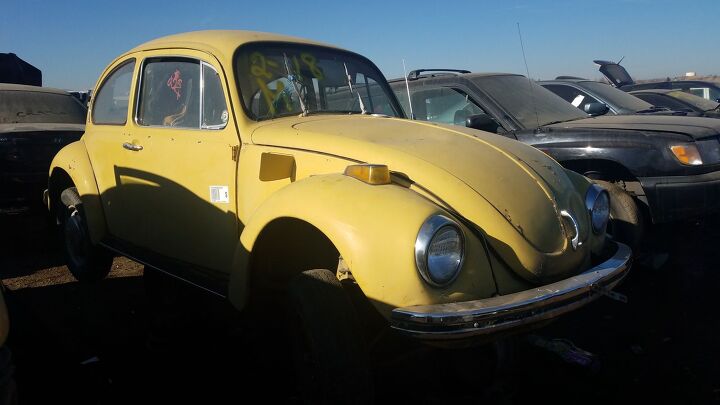






























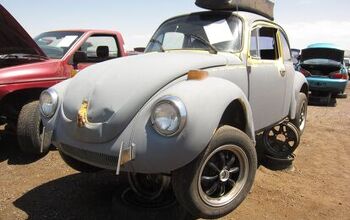


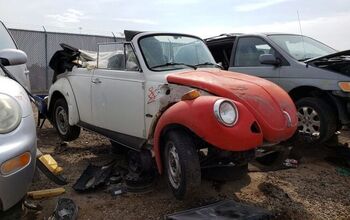
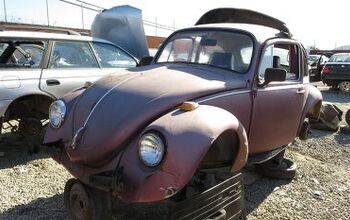





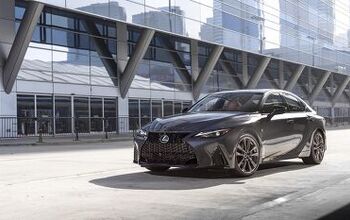







Comments
Join the conversation
Many not so fond memories of the 1970s Super Beetles. As others have mentioned the Macpherson front suspension's only real advantage was a bigger trunk. If it was working as new the ride was a little better except on really bumpy, (dirt) roads. Problem is that they were very prone to vibration and there were at least 10 things that could wear out to cause it. Just when you thought you had it fixed it would start to shake again. Most common was hitting curbs and bending wheels and brake drums. After that it could be worn struts, steering damper, tie rod ends, and on almost forever. I was told that the seat "padding" was jute. A mat of fibers held together with a little glue. It would dry out over time and leave a pile of brown hair like fibers under the seats. And yes it had a very distinct smell. I put together a few seats from new parts when the original ones were stolen. The "High-back" seats. 68-72, were a hot item back then as they would fit most earlier Bugs. I recall the "Computer" diagnostic port. I worked at a VW dealer in the mid 1970s and saw it first hand. Notice that only about half the holes in that socket have electrical pins in them. The "computer" only checked about 10-15 things, if all of it was working and connected. The tech doing the diagnosis would enter at least 20-30 other "results" by pushing buttons on a handheld box. Some of the "computer" checked items were; charging system (it would almost always say the voltage was low), battery electrolyte level (there was a sensor in the original battery which seldom worked and no one bought the OEM battery as a replacement, never even saw one), ignition timing and dwell (yep points! the sensor and pins in the flywheel for checking timing often failed in some way. We just used a regular strobe timing light). It went on like that, but there was a fancy looking printout on a form (with 'carbon-less' copies!) noting that things like a tailight did not work. It would also check the front end alignment after the tech attached a mirror to each front wheel and, wait for it, the "computer" almost always said the wheel alignment was incorrect. After the Diagnostic tech got done, a mechanic would get the car the car along with a work order and a copy of the "Computer" diagnosis which was set aside as useless. Most of the time the points would get replaced, the oil changed, the valve clearance checked/adjusted, and the brakes would be adjusted. The Diagnostician would replace the spark plugs while doing a compression test and check the tire pressure. No CHECK ENGINE light!
I just bought my first air-cooled Beetle last year, a 1972 Super Convertible. It was a spur of the moment buy, I saw it parked on the side of the road with a for-sale sign for $4k. It's yellow just like this one. It's always been a Michigan car but was always the previous owner's summer ride and is amazingly rust free. The seats and top appear to be original (car probably has about 122k miles on it). That interior smell is still there, probably compounded in my case because the thickly padded top has a layer of that same "horsehair" padding. My girlfriend hates the smell but it brings back memories to me having ridden in a few back when I was a kid in the early 1970s. From a modern performance standpoint, these are pretty horrible, but the car attracts positive comments from people unlike any other classic cars I've ever owned. They make people smile, little kids hit their brothers, and it seems everyone over 60 was at Woodstock based on what they tell me at gas stations. :-)